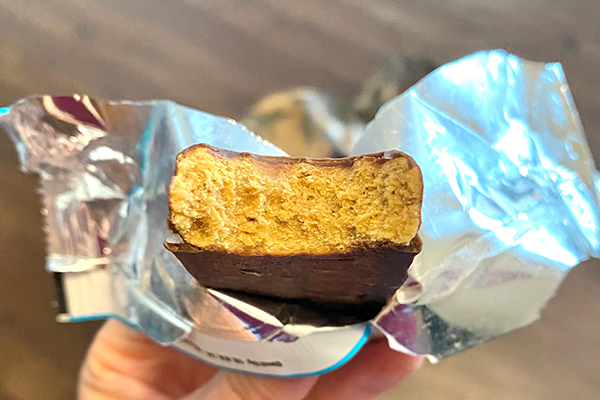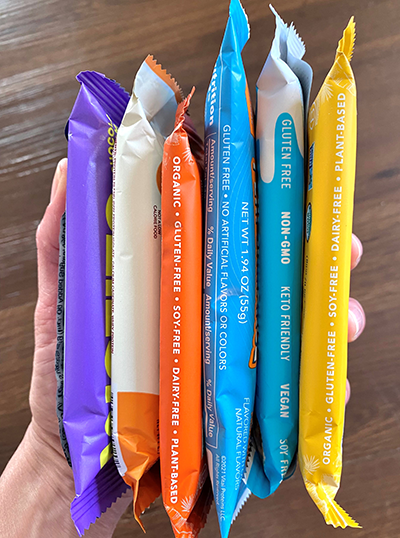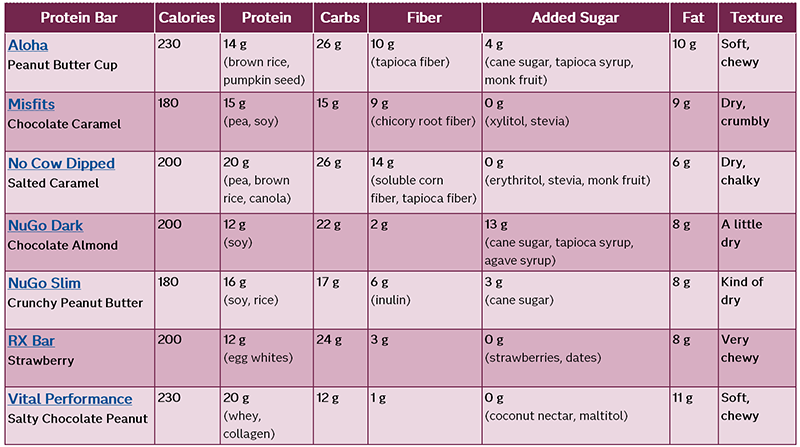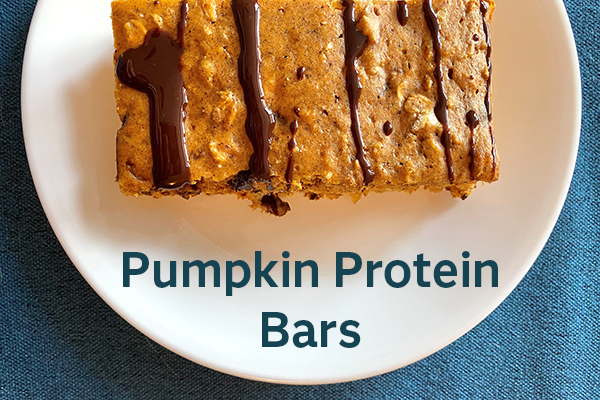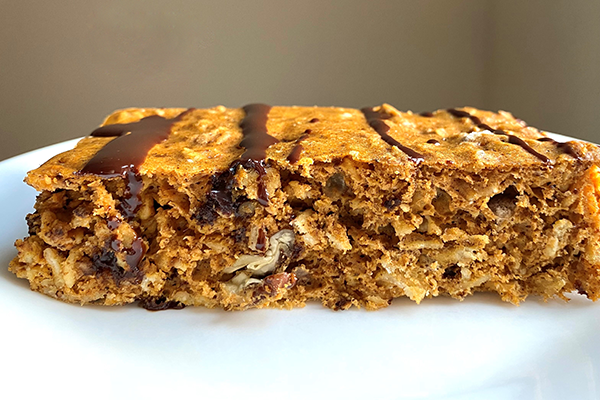I am routinely asked about what kind of protein powders, protein bars and protein shakes I recommend. While I encourage a “food first” approach, I can completely appreciate the convenience of these items on occasion. However, just like any other processed food, the quality can vary greatly. When it comes to protein bars, it seems like there are hundreds to choose from. Below are the results from my protein bar search.
What should you be looking for in a #protein bar? #saslife Click To Tweet
Ingredients to Be Aware Of
We all have different nutrient needs. Some of us may need to avoid certain ingredients for health reasons, like food allergies, while others may need to watch their carbohydrate intake. Regardless of your protein bar criteria, always read ingredients!
- Highly processed ingredients: For the most part, look for bars that have ingredients that are familiar and do not contain artificial ingredients (especially artificial sweeteners). The less processed the better.
- Sweeteners: Assuming you’ve already eliminated bars that contain artificial sweeteners, search for the sweetness source. If the bar is meant to be lower in carbs, it will likely have sugar alcohols, stevia, monk fruit, or a combination of these sweeteners. (Be aware that sugar alcohols can cause GI symptoms like gas, bloating or diarrhea.)
- Added fibers: A lot of protein bars have inulin, chicory root fiber or some other kind of added fiber. While in theory, this sounds great – we all need more fiber, right? – for many of us, what this actually means is gas, bloating and cramping, especially if you are not used to eating these ingredients.
- Type of protein: Most bars have either whey, soy, pea or rice protein. (Take a look at how to pick a protein powder for more details.) However, one that surprised me was the use of canola protein. Canola meal is basically a byproduct from canola oil production and has been used in animal feed for years. Apparently, it has been given GRAS status by the FDA since around 2016. Its protein quality is similar to soy, but I would argue that this is basically a new “food” that humans aren’t used to eating, so the health impact is unknown.
Protein Bar Taste Test
On a search to find the best protein bars on the market, I narrowed down my selection to the following 7 bars that met these criteria:
- Contains at least 12g of protein
- Does not have any artificial sweeteners (like sucralose)
- Contains less than 30g carbohydrates
- Does not have to be ordered online (I got most of these at Whole Foods, but they are also sold in other stores.)
*Click on the image to view larger + activate hyperlinks.
The Verdict
Aloha was by far my favorite bar for flavor and texture. RX Bar was a close second, with great flavor and simple ingredients.
My stomach, nor my wallet, appreciated all the taste testing I did for this blog so I think I’ll stick with making a smoothie or having some kind of real, whole food when I need a quick protein boost. (See a list of suggestions below.)
Protein rich, quick snack ideas (with at least 12 g of protein):
- Cheese sticks – 2 = 14g protein
- Cottage cheese – 5.3oz = 18g protein
- Deli turkey slices – 2 = 12g protein
- Edamame – ¾ cup = 12g protein
- Greek yogurt – ¾ cup = 16g protein
- Hard boiled eggs – 2 = 12g protein
- Salmon packet – 3oz pouch = 17g protein
- Tuna packet – 3oz pouch = 21g protein
- Turkey jerky – 1 stick = 12g protein
Final Thoughts
While there are many reasons we might choose to supplement our protein intake with protein bars, shakes or powders, ideally, we would get all the protein our bodies need from real, whole foods which also provide vitamins, minerals, phytochemicals and many other beneficial nutrients. Just keep in mind that these products are supplemental to a real, whole foods diet. Food first!
Pumpkin Protein Bars
Makes 8 bars
Recipe adapted from: Eating Bird Food
PRINT RECIPE
Ingredients
1 cup old fashioned rolled oats
1 cup or 4 scoops (roughly 25g protein per scoop) vanilla protein powder OR unflavored protein powder + ¾ tsp vanilla extract
1 tsp baking powder
1 tsp baking soda
½ tsp salt
1 Tbsp pumpkin pie spice
¼ cup maple syrup
1 cup canned pumpkin or homemade pumpkin puree
½ cup almond milk or other non-dairy milk
½ cup walnuts, chopped
1-2 Tbsp dairy-free chocolate chips (optional)
Instructions
- Pre-heat oven to 350°F. Spray an 8x8 baking dish with non-stick spray or line with parchment paper.
- Stir together the dry ingredients: oats, protein powder, baking powder, baking soda, salt and pumpkin pie spice.
- In a separate bowl, combine the wet ingredients: maple syrup, pumpkin and almond milk.
- Gently add the dry mixture into the wet ingredients and mix until well combined. Stir in walnuts.
- Spread batter evenly into the prepared dish, sprinkle on a few dark chocolate chips and bake for about 20 minutes or until a toothpick comes out clean.
- Let bars cool then cut into 8 bars. Store in the refrigerator for up to one week or in the freezer for up to three months.
Nutrition Information per Bar: 190 calories, 6.3g fat, 19.4g carbs, 3.1g fiber, 16g protein
